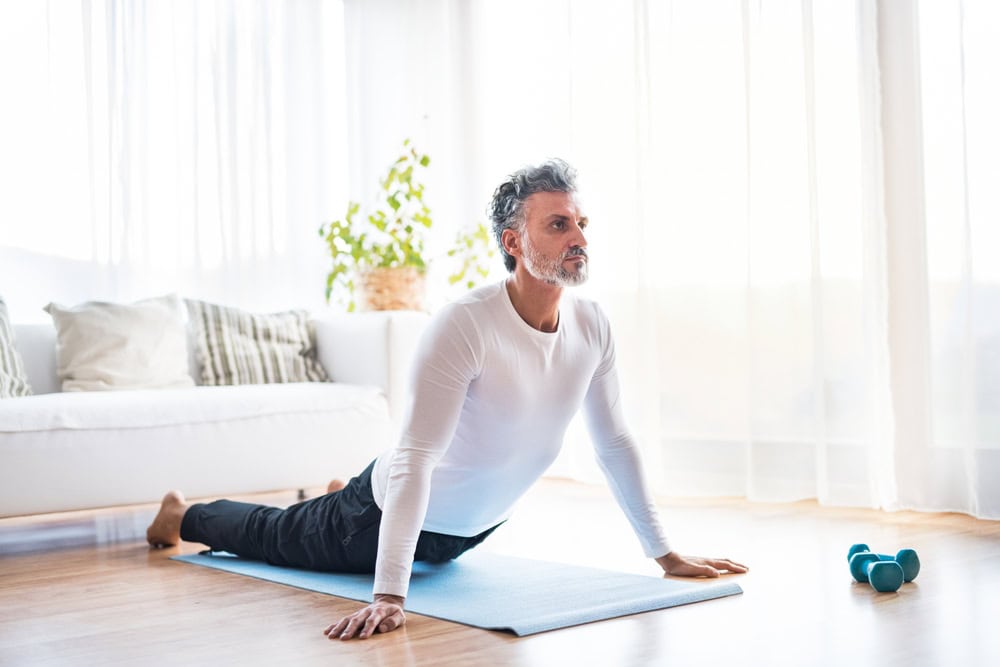Are viral fitness challenges causing midlife bodies to break down faster instead of getting stronger?
As viral fitness trends flood TikTok and Instagram, Haley Pulli, Head Coach at MyBodyTutor, warns that many of them can do more harm than good for adults over 50. With years of experience helping clients build long-term, sustainable habits, Pulli says that the biggest danger isn’t just injury, it’s misinformation.
Dangerous Fitness Trends to Watch Before 2026
- Short-Form Social Media ‘Mini Challenges’
From 30-second “core burners” to one-minute burpee tests, micro-workouts dominate TikTok and Reels. One of the latest, the Maui Wowie Challenge, shows users hanging from street poles or bars, often one-handed, to a trending song. While it looks harmless, clips have already led to reports of shoulder and back injuries.
“Most of these clips skip warm-ups, cool-downs, or form cues,” Pulli explains. “When people over 50 jump in cold, they’re stressing tissues that need longer activation time.”
She adds, “There’s nothing wrong with short workouts, but the key is structure. A one-minute clip can’t replace a program designed around your body’s needs.”
- 75 Hard Challenge
This viral challenge, created by entrepreneur Andy Frisella, requires two daily workouts, a strict diet with no cheat meals, reading self-help books, and abstaining from alcohol, for 75 consecutive days.
While it promotes discipline, health coaches say it’s dangerously rigid for older adults.

“Consistency matters, but this kind of all-or-nothing challenge ignores how the body changes with age,” says Haley. “Your joints and connective tissues need more recovery time in your 50s. Doing two intense workouts every single day is a recipe for inflammation and fatigue, not resilience.”
Pulli adds that most people in midlife thrive on balance, not punishment: “Fitness should fit around life, not take over it. Rest days aren’t weakness; they’re where strength actually builds.”
- Pilates 2.0
Pilates, once known for gentle core strengthening, is having a global revival. “Wall Pilates” and “Hot Pilates” classes have surged in popularity, with global searches for Pilates increasing by 36% over the past year, reaching 13 million searches last month, the highest level in five years.
But experts caution that even low-impact routines can cause harm if performed incorrectly or overdone.
“Pilates can absolutely support healthy aging, but only if done with control and awareness,” says Pulli. “The problem is that many TikTok tutorials rush through moves without teaching breathing or alignment. For a 55-year-old beginner copying that at home, it can trigger hip or lower-back pain instead of relief.”
Pulli notes that balance, bone density, and connective tissue elasticity all decline with age, meaning sudden shifts, unsupported planks, or deep spinal twists can be unsafe without gradual progression.
- Virtual Reality (VR) Workouts
VR workouts have exploded in popularity, transforming living rooms into boxing rings and dance studios. Platforms like Supernatural and FitXR can make workouts feel like gaming, but their immersive nature can also mask physical warning signs.

“For someone in their 50s, limited depth perception or delayed reaction time can turn a fun VR session into a fall risk,” warns Pulli. “Many users twist or lunge too fast because they’re focused on the screen, not their body mechanics.”
She recommends starting slowly and using VR workouts as a supplement, not a replacement, for real-world movement: “Technology can motivate you, but it can’t coach your posture or balance. That’s where people get hurt.”
- The “Biological Age” Jump Challenge
This viral “fitness test” claims you can tell your biological age by jumping from your knees to your feet. But doctors say it’s neither scientific nor safe, especially for adults over 50, since it puts heavy strain on knees, hips, and the lower back.
Pulli says, “Jumping from a kneeling position is a plyometric move that demands explosive power and mobility, something most people in their 50s or 60s haven’t trained for in decades. It’s not a measure of youth; it’s a measure of preparation. Without conditioning, it can strain joints and even cause falls.”
How to Prevent Seasonal Depression Before It Starts, According to an Expert





